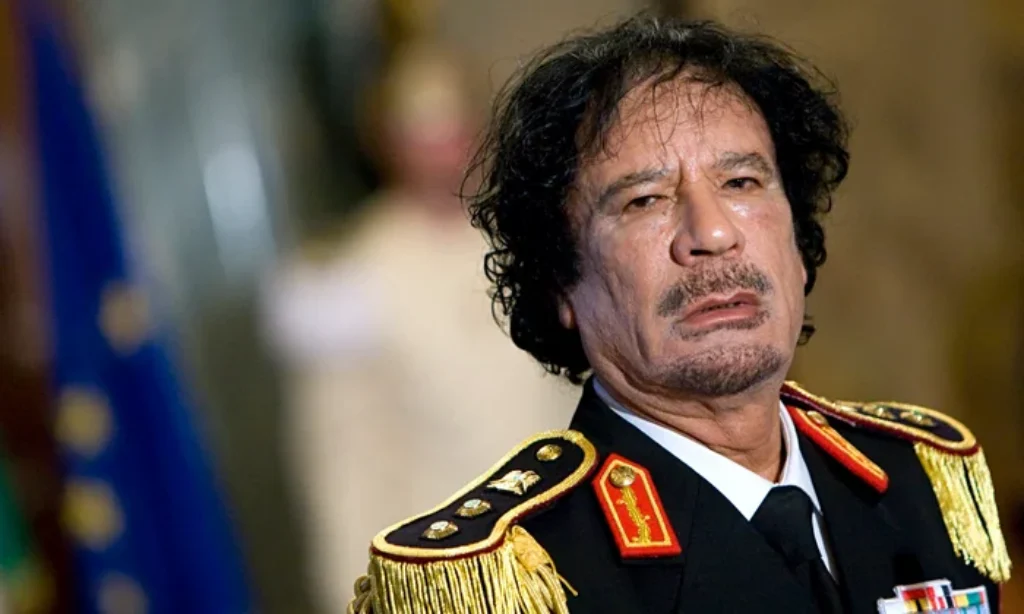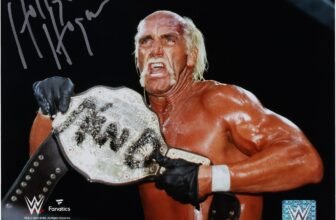
Muammar Gaddafi is one of the most controversial leaders of the 20th century. His reign etched him into the history of Libya and the world and provoked discussions about such themes as leadership, revolution, and the nuances of power.
The Muammar Gaddafi regime was noted for its state terrorism and demagoguery. Born into a Bedouin family in the desert near Sirte, he was raised under Italian colonial rule and the British administration that followed World War II.
Gaddafi’s formative years were heavily imprinted by Arab nationalism, particularly the thought of the Egyptian president Gamal Abdel Nasser. Gaddafi distilled military from the Royal Military Academy in Benghazi and, aided by a succession of young army officers, seized power in 1969, unseating King Idris and founding the Libyan Arab Republic.
Gaddafi emerged as the ruler in practice, espousing socialism, anti-imperialism, and pan-Arabism. Eventually, his rule morphed into a Byzantine sort of direct democracy and personal dictatorship, which he dubbed the “Jamahiriya” (state of the masses).
Table of Contents
Biography
Glimpse of Muammar Gaddafi
| Attribute | Details |
|---|---|
| Full Name | Muammar Muhammad Abu Minyar al-Gaddafi |
| Date of Birth | June 7, 1942 |
| Place of Birth | Sirte, Libya |
| Date of Death | October 20, 2011 |
| Place of Death | Sirte, Libya |
| Age at Death | 69 years |
| Net Worth | Estimated $70 billion to $200 billion |
| Primary Occupation | Revolutionary, Politician, and political theorist |
| Notable System | Jamahiriya (State of the Masses) |
| Major Achievement | Nationalized Libya’s oil industry |

Net Worth
- The wealth of Muammar Gaddafi was the subject of much speculation. His net worth is estimated to have been between $70 billion and $200 billion when he died.
- Gaddafi was said to have presided over Libya’s vast oil wealth and owned significant assets through an international web of investments, including bank accounts, properties, and stakes in global corporations.
- Much of it remains unaccounted for, as is the mystery of what he left behind financially.

Children
- He had several adopted children there and eight biological children. Here is a rundown of his family:
- Muhammad Gaddafi: Gaddafi’s eldest son by his first wife, a low-key figure believed to who led Libyan telecommunications.
- Saif al-Islam Gaddafi: The son most often seen as his father’s political heir. Saif was key to diplomacy and reforms but involved in 2011 uprising controversies.
- Mutassim Gaddafi: A military officer and national security adviser during his father’s last years, Mutassim was killed in the 2011 uprising.
- Saadi Gaddafi: A former professional soccer player who later led military units and fled Libya after his father was killed.
- Hannibal Gaddafi: One of Gaddafi’s most infamous sons for living the high-life and clashing with the law while living in exile.
- Ayesha Gaddafi: A lawyer and activist, she was frequently embraced as the “Claudia Schiffer of North Africa.”
- Khamis Gaddafi: The leader of the elite Khamis Brigade, he died in the 2011 war.
- Saif al-Arab Gaddafi: Killed in a NATO airstrike in 2011.
- His adopted children included a girl, Hana Gaddafi, who was said to have been killed in a 1986 U.S. bombing of Libya, although subsequent reports disputed the veracity of that claim.

Age
Muammar Gaddafi died on October 20, 2011 (aged 69) His death ended a 42-year rule, one of the longest reigns of a non-royal leader in recent history.
Story
- Gaddafi’s biography is a tale of stunning metamorphosis: a desert Bedouin youth turned international pariah. When he seized power in 1969, he nationalized Libya’s oil industry and used its revenues to finance infrastructure, healthcare, and education.
- Despite these accomplishments, his rule was characterized by widespread human rights violations, suppression of dissent, and a cult of personality.
- Gaddafi’s foreign policy was just as divisive. He backed anti-colonial struggles around the globe and was accused of funding terrorism like the Lockerbie bombing in 1988. His backing of militant groups brought international sanctions and isolation in the 1980s and 1990s.
- In the early 2000s, Gaddafi sought to rehabilitate his reputation, renouncing weapons of mass destruction and improving relations with Western countries. The Arab Spring uprisings of 2011 led to a civil war in Libya. NATO-backed rebel forces overthrew Gaddafi’s regime.
- After weeks on the run, Gaddafi was killed by rebels in Sirte, ending his tumultuous rule in bloody fashion.

FAQs:
How did Muammar Gaddafi rise to power?
In 1969, Gaddafi led a military coup that ousted King Idris and established the Libyan Arab Republic.
What became of Gaddafi’s fortune after he died?
Much of Gaddafi’s fortune is still unaccounted for, with frozen assets and secret slush funds spread around the world.




